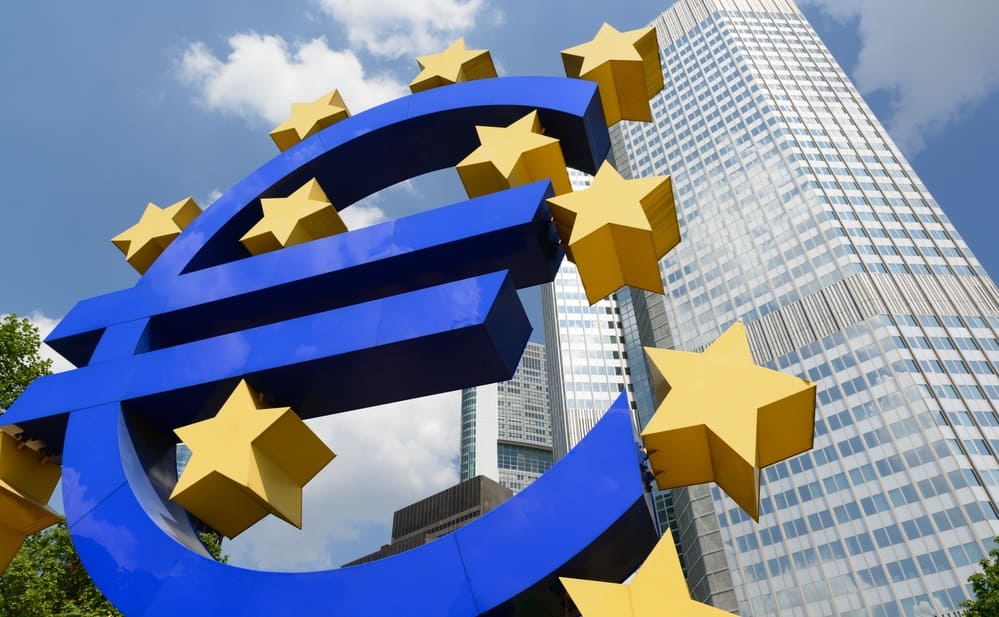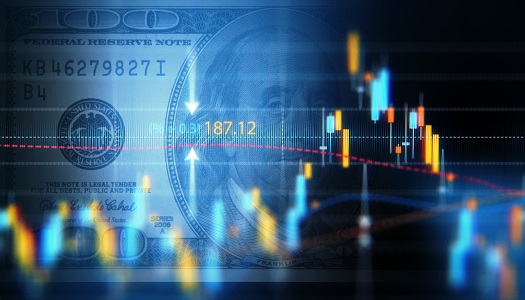Euro currency surged today as the annual inflation rate in the US slowed to 3% in June of 2023, the lowest since March of 2021 and compared to 4% in May and expectations of 3.1%.
Due to reduced rate expectations from the Fed on the soft CPI print a big sell-off in the buck took place, with the EURUSD pair surging above 1.1100, the GBPUSD pair tackling the big 1.3000 level and the price of gold hitting $1,960.
The slowdown is partly due to a high base effect from last year when a surge in energy and food prices pushed the headline inflation rate to 1981-highs of 9.1%. Energy cost slumped 16.7% (vs -11.7% in May), with prices falling 36.6% for fuel oil, 26.5% for gasoline, and 18.6% for utility gas service. Electricity prices increased by 5.4%.
Also, inflation slowed for food (5.7% vs 6.7% in May) and shelter (7.8% vs 8%). Smaller price increases were also recorded for new vehicles (4.1% vs 4.7%), apparel (3.1% vs 3.5%), and transportation services (8.2% vs 10.2%). The cost of medical services was down 0.8% and prices of used cars and trucks declined 5.2%.
The annual core consumer price inflation rate in the United States, which excludes volatile items such as food and energy, fell to 4.8% in June 2023, the lowest since October 2021, from 5.3% in the prior month and below market expectations of 5%. On a monthly basis, core consumer prices rose by 0.2% from a month earlier in June, also less than forecasts of a 0.3% increase.
Another big mover was the USDCAD pair as the Bank of Canada raised the target for its overnight rate by 25 basis point to 5% in July 2023, as expected by markets backing the surprise 25 basis rate hike from the previous meeting and extending its tightening cycle after the brief pause in March and April.
The central bank’s Governing Council stated that stronger-than-expected consumption and stubbornly tight labour markets drove inflationary pressures to remain persistent for services, warranting another increase in borrowing costs.
Consequently, the bank revised its forecast to show that the slowdown in inflation will take longer than previously expected, set to hover around the 3% mark for next year before easing to the 2% target in the middle of 2025.
The central bank will continue to assess the dynamics of core inflation and the outlook for CPI inflation and remains resolute in its commitment to restoring price stability for Canadians.




